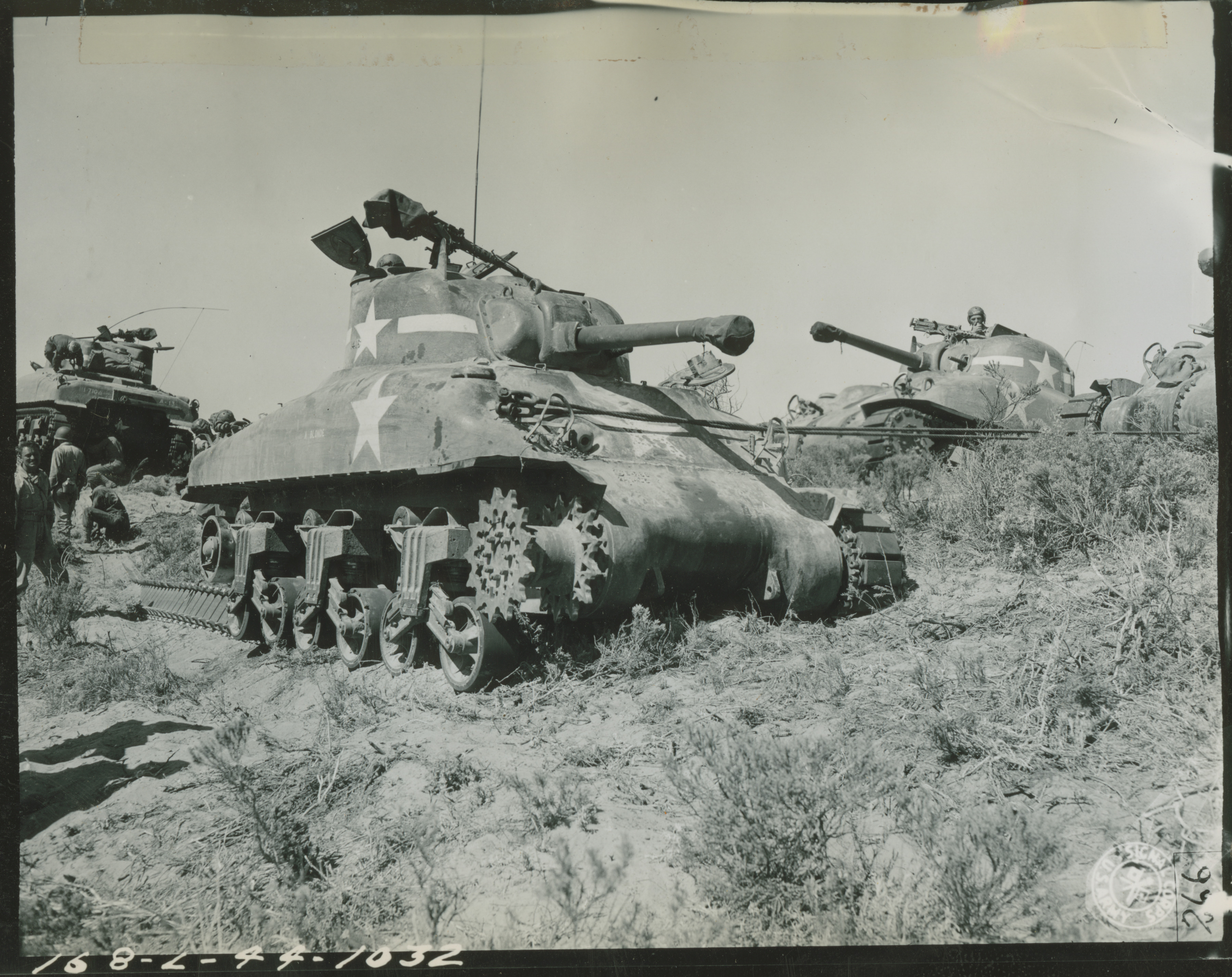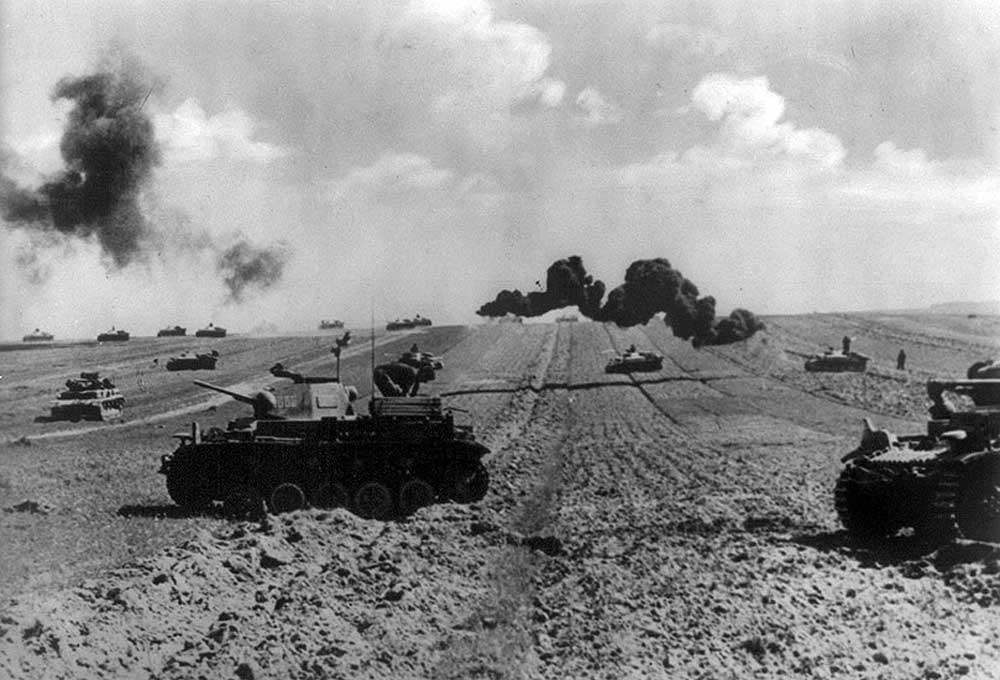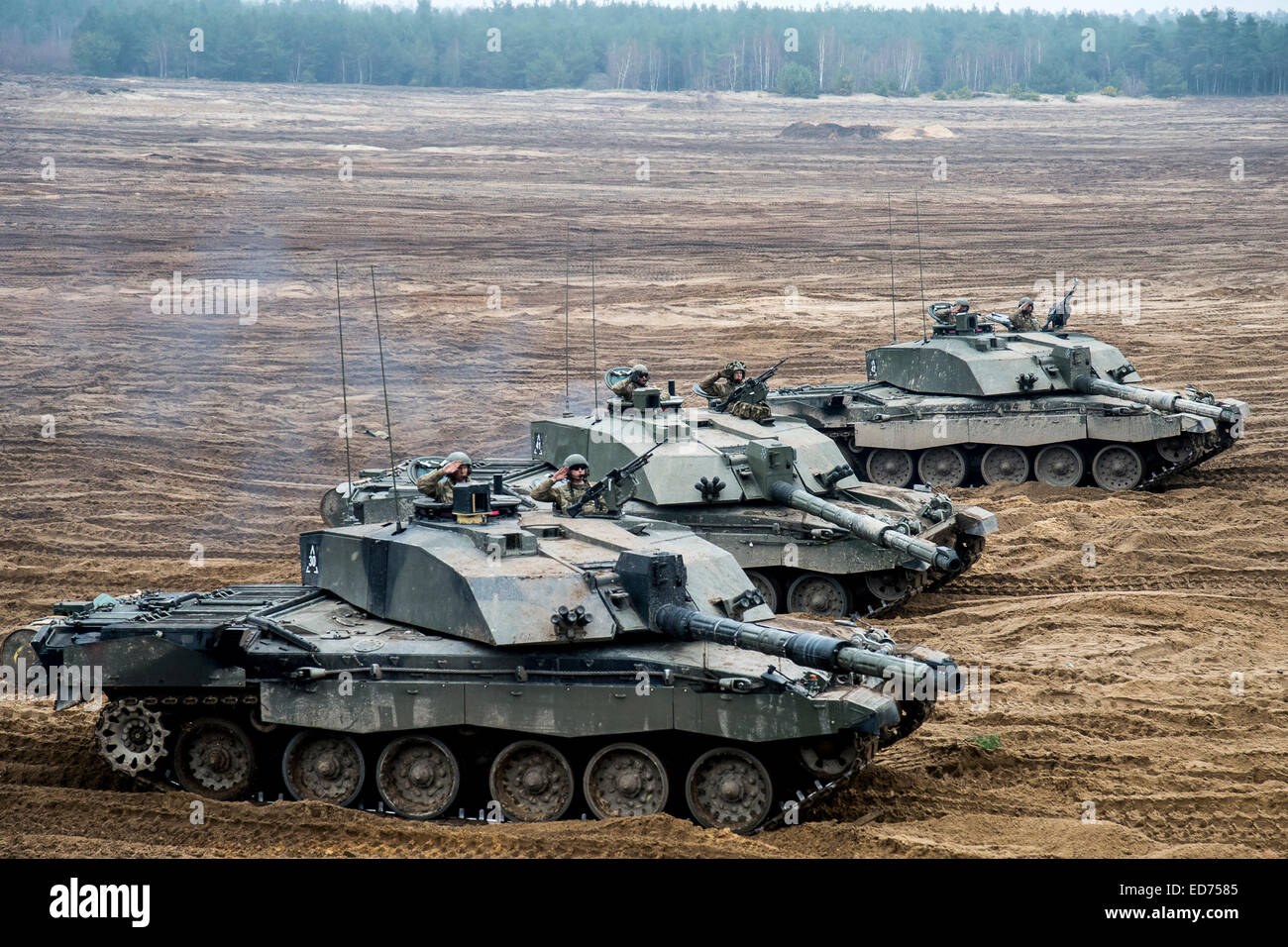

It was difficult to transport and vulnerable to immobilisation when mud, ice, and snow froze between its overlapping and interleaved Schachtellaufwerk-pattern road wheels, often jamming them solid. It was expensive to maintain, but generally mechanically reliable. In the early period, the Tiger was prone to certain types of track failures and breakdowns.

While the Tiger I has been called an outstanding design for its time, it has also been called overengineered, using expensive materials and labour-intensive production methods.

After August 1944, production of the Tiger I was phased out in favour of the Tiger II. 1,347 were built between August 1942 and August 1944. It gave the German Army its first armoured fighting vehicle that mounted the 8.8 cm KwK 36 gun (derived from the 8.8 cm Flak 36).
info)) was a German heavy tank of World War II that operated beginning in 1942 in Africa and in the Soviet Union, usually in independent heavy tank battalions. Washington’s reported promise on 24 February to deliver a significant number of its own Abrams tanks appears to have broken the deadlock.Īn official US announcement on delivering Abrams is expected in the coming days. Germany has tried to tie the supply of Leopards to a wider coalition that would supply other tanks, including US Abrams – a tank viewed by experts as being less suitable for the war in Ukraine because of its heavy consumption of fuel. The supply of main battle tanks had been seen as problematic because of their much more obviously offensive capabilities. It prefers a multilateral approach on arms supply to Ukraine rather than being seen to be moving unilaterally.Īlthough Germany has supplied a large amount of equipment to Ukraine, including armoured cars, it has also been wrestling with its post-second world war tradition of anti-militarism. Germany’s position on sending heavy weaponry has been conflicted. Chart of Leopard 2 inventories of European and Nato countries Why the delay?







 0 kommentar(er)
0 kommentar(er)
